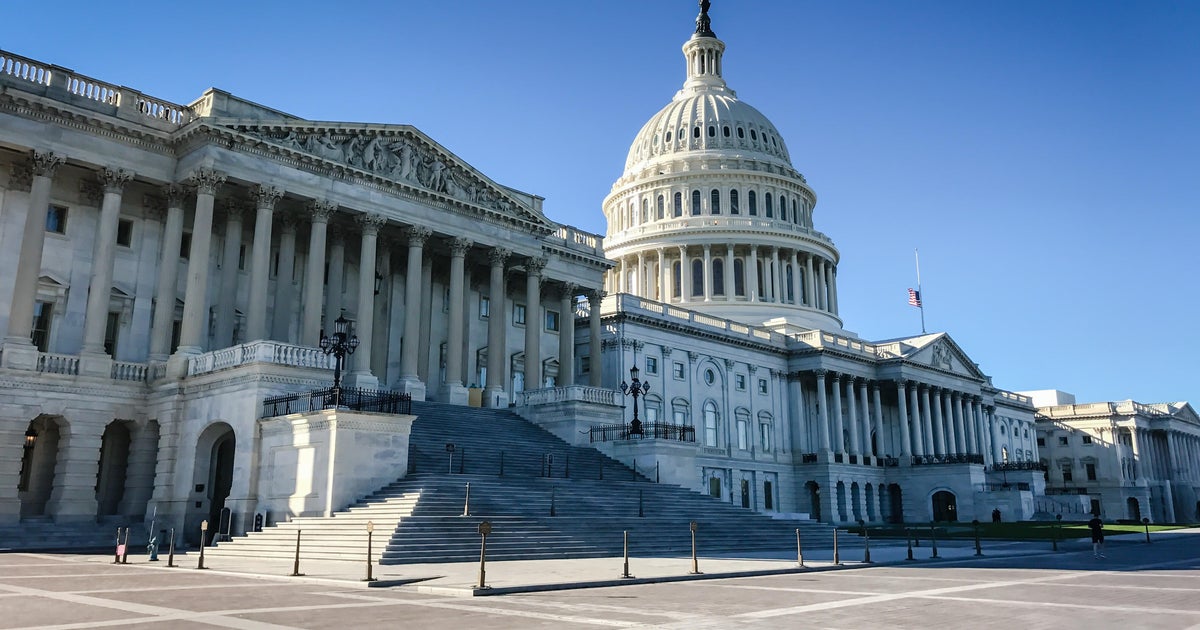The U.S. credit rating was downgraded by Moody’s Ratings on Friday, highlighting investor concerns about the government’s growing debt.
The downgrade from the top rating of Aaa to Aa1 “reflects the increase over more than a decade in government debt and interest payment ratios to levels that are significantly higher than similarly rated sovereigns,” the credit rating firm said in a statement on Friday.
“Successive U.S. administrations and Congress have failed to agree on measures to reverse the trend of large annual fiscal deficits and growing interest costs,” Moody’s added.
Moody’s also highlighted the environment of heightened policy uncertainty driven by Mr. Trump’s evolving trade priorities.
Moody’s is the last of the three major credit rating agencies to downgrade U.S. government debt. In August 2011, Standard and Poor’s downgraded the U.S. from AAA to AA+, and in August 2023 Fitch Ratings cut the credit rating a notch from AAA to AA+.
Moody’s said it expects federal deficits to grow from 6.4% of GDP in 2024 to 9% of GDP by 2035, driven by “increased interest payments on debt, rising entitlement spending and relatively low revenue generation.”
“Even Obama economists warned the Biden administration and congressional Democrats against recklessly wasting trillions on COVID ‘stimulus’ bills – spending that piled on our national debt, fueled runaway inflation, and forced the Fed to raise interest rates for everyday Americans,” White House spokesperson Kush Desai said in a statement Friday to CBS News in response to the downgrade. “The Trump administration and Republicans are focused on fixing Biden’s mess by slashing the waste, fraud, and abuse in government and passing The One, Big, Beautiful Bill to get our house back in order. If Moody’s had any credibility, they would not have stayed silent as the fiscal disaster of the past four years unfolded.”
The credit downgrade came as the House Budget Committee on Friday rejected President Trump’s domestic policy bill, which would extend tax cuts from his first term.
If the 2017 Tax Cuts and Job Act is extended, it would add $4 trillion to the federal primary deficit (excluding interest payments) over the next decade, Moody’s said Friday.
The Congressional Budget Office projects that federal debt held by the public will rise from 100% of GDP to 118% in 2035. That would exceed a previous high of 106% in 1946.
Despite the debt downgrade, Moody’s changed its outlook on the U.S. from negative to stable. The credit agency said the U.S. “retains exceptional credit strengths such as the size, resilience and dynamism of its economy and the continued role of the U.S. dollar as global reserve currency.”
Another strength is the country’s track record of “very effective monetary policy led by an independent Federal Reserve,” Moody’s said.
contributed to this report.










